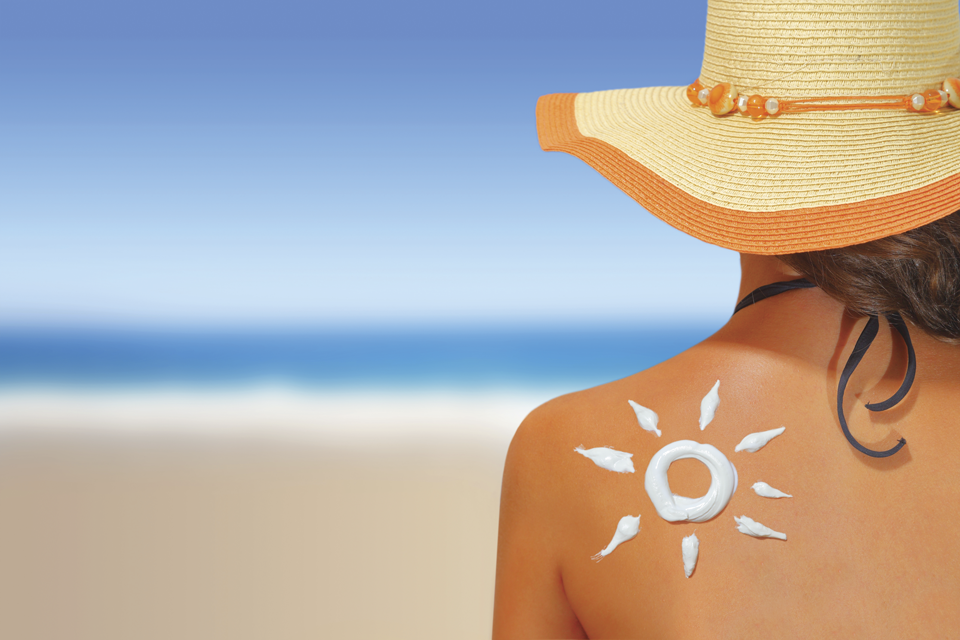The Broad Spectrum of Sunscreens

As temperatures climb in central Texas, it’s important to take care of your body’s largest organ: your skin. And with skin cancer rates on the rise, a major key to prevention is applying a good sunscreen. Dr. Ted Lain, Board Certified Dermatologist, shares his favorite sunscreens–from drugstore brands to high-end medical protection–so you can have a worry-free summer in the sun.
Sheer Zinc Face Sunscreen Lotion $11
Broad-Spectrum SPF 50
A 100 percent physical blocker with SPF 50, yet this sunscreen doesn't have a heavy feel or opaque appearance when applied. Using Purescreen technology, this product contains only zinc oxide in an elegant formulation. This is a great choice for those with sensitive skin or if you want to avoid chemical sunscreen ingredients. Target
Blue Lizard Australian Sunscreen $18
SPF 30+
Skin cancer in the U.S. occurs in one in five people. However, Down Under the rate is much higher: two out of three. Blue Lizard follows Australia’s high standards for sunscreen formulation and features a bottle that changes colors when exposed to harmful rays, reminding you to cover up. “I find this product to be extremely water-resistant, and use it on myself and family when at the pool or beach,” says Dr. Lain. It comes in three formulations: sport, sensitive and face. store.atxderm.com
La Roche Posay Anthelios 45 Face $30
SPF 45
It’s formulated with a proprietary blend of antioxidants (Cell Ox Shield™ technology) which help boost its sun protection and prevent the sunscreen ingredients from breaking down. This sunscreen is extremely lightweight and excellent under makeup for everyday use. Target
EltaMD UV Aero $35
Broad Spectrum SPF 45
Sprays are great for those hard-to-reach areas. This one sets itself apart by containing 9.3 percent zinc oxide along with a chemical sunscreen, giving it broad-spectrum protection in a water-resistant formulation. The lotion goes on white but disappears as you rub it in. It’s also paraben-free.
store.atxderm.com
SkinMedica Total Defense + Repair $68
SPF 34 or 50+
Whereas nearly all other sunscreens focus on blocking the effects of ultraviolet light, this sunscreen blocks ultraviolet and infrared rays. Traditionally, the infrared spectrum of light has been ignored by sunscreen manufacturers because it was thought that they posed little harm to the skin. Recent discoveries have shown that the opposite is true, and since infrared rays comprise more than 50 percent of the sun's energy (whereas UV rays are just seven percent), more attention needs to be paid to their effect. This product does that, in both tinted and untinted formulations.
skinmedica.com






